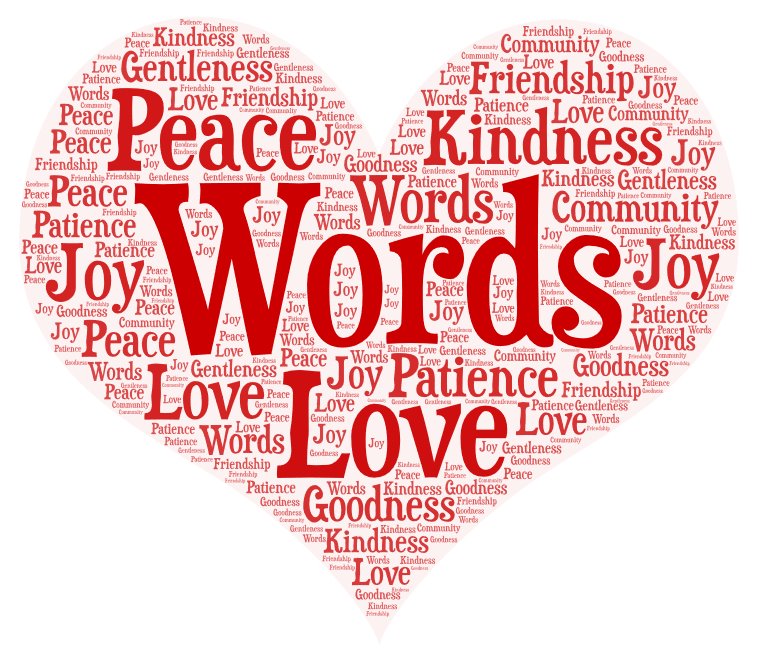- Details
- Written by: Gaelyn Whitley Keith




In this cute cartoon created by Annelies, age ten, we can see the importance of our words. What we say and think shapes our future. Listen to the people around you. You might be surpised to see how it is shaping their world.
- Details
- Written by: Gaelyn Whitley Keith
A photograph is shaped more by the "'Truth-Talk'" of the person taking the picture than by what's in front of it.
To prove this Canon Australia invited six photographers to a portrait session with a twist. ‘Decoy’ is one of six experiments from The Lab, designed to shift creative thinking behind the lens.
If otheres tell you it is imposible will you prove them wrong. Make sure the picture you are giving others is the one want you want them to have. What are you saying when you talk to yourself?
- Details
- Written by: Gaelyn Whitley Keith

If your "'truth-talk"' is positive, you're not only wiring in new neural pathways that change how you feel, how you look at life, and how successful you're going to be at just about anything; you're changing the structure of your brain in the right way. What are you going to do today to reshape your brain? How are you going to make your life more positive? s
- Details
- Written by: Gaelyn Whitley Keith
I was thinking about this and one WORD stood out to me - WORDS. WORDS are more important than most people realize. WORDS will make us or break us. WORDS heal us or make us sick. Our WORDS - the WORDS we spoke in the past - made life what it is today. In todays world it is more important than ever to guard your heart. Be careful about the WORDS you say and listen to. They will set the boundaries of your life. You will never realize anything beyond the WORDS you speak. You will never have anything beyond your own WORDS.

- Details
- Written by: Gaelyn Whitley Keith

 Truth Wins
Truth Wins